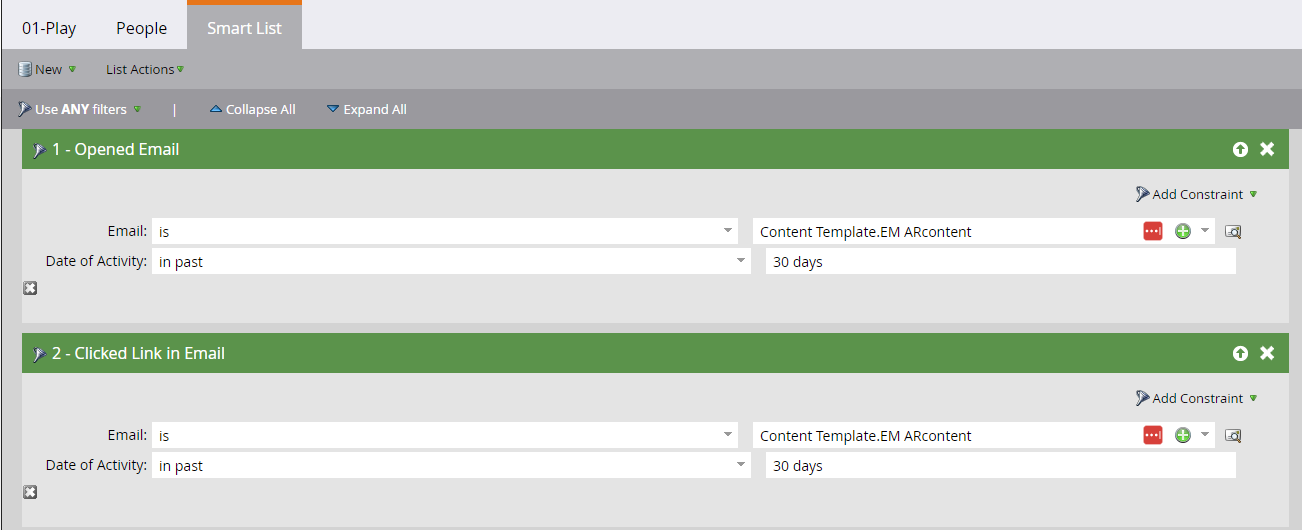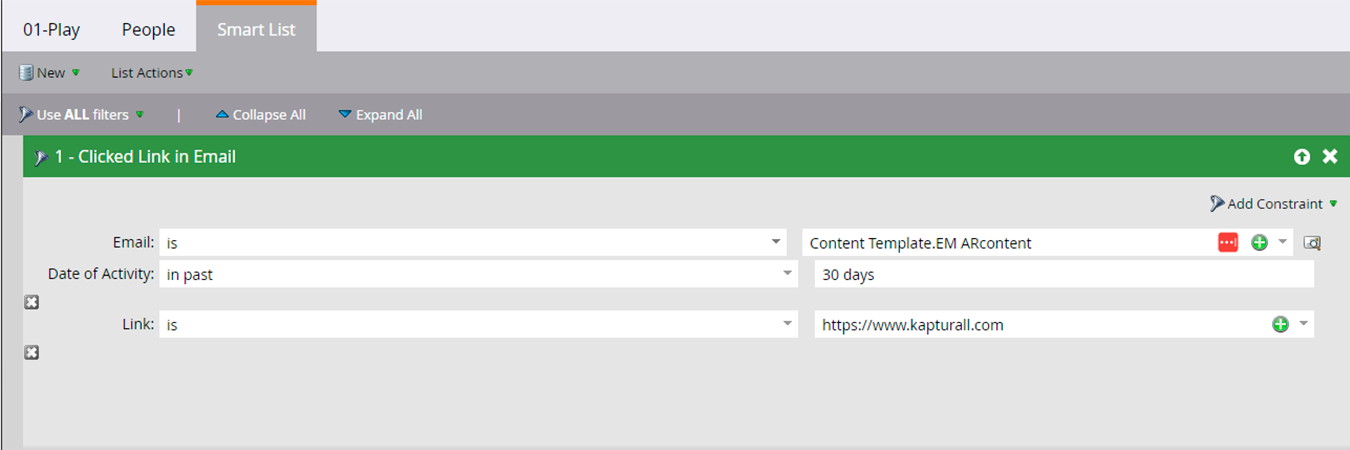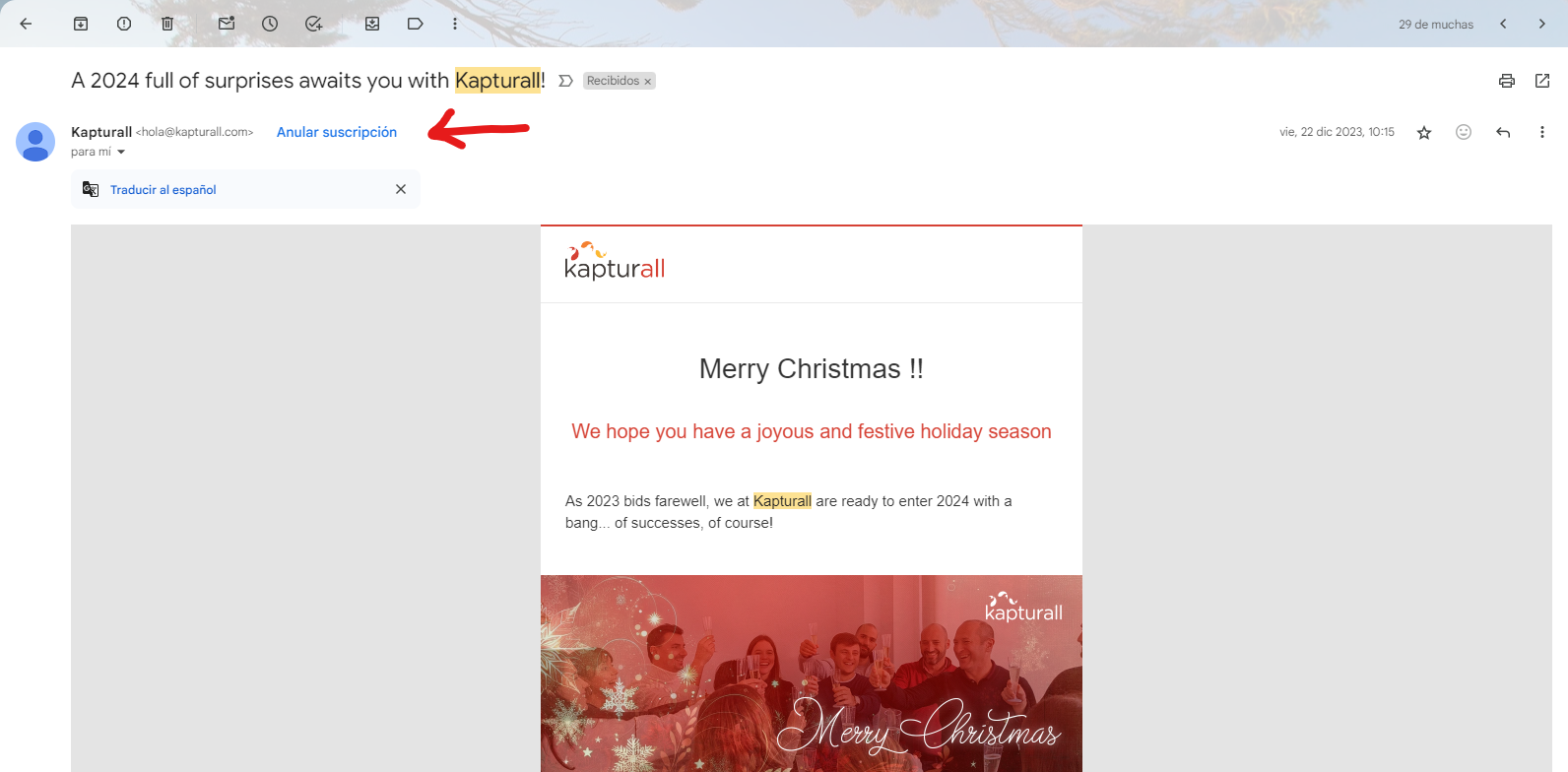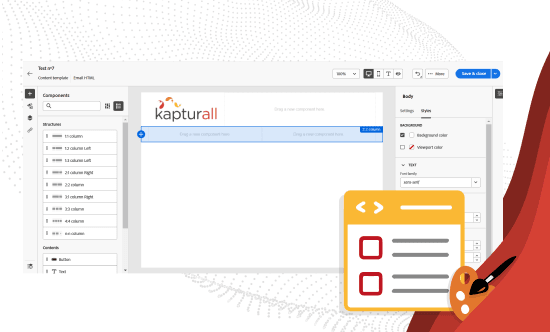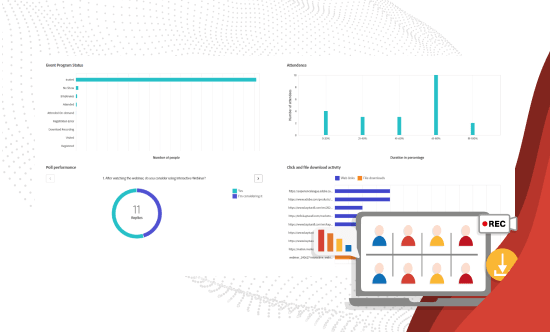Email Metrics in Email Performance Report vs. Smart Lists
Overview
In the dynamic world of email marketing, there's a challenge that often perplexes Marketo experts: the difference between the Email Performance Report and Smart Lists. My experience with this disparity dates back years, analyzing the limited success of a webinar invitation campaign.
Before diving in, let’s quickly clarify the tools at play: 1. Smart List in Marketo is a powerful tool that allows users to create dynamic and segmented lists based on various criteria, called filters. 2. Email Performance Report provides detailed information about your campaign’s performance, including open rates, clicks, conversions, and bounce metrics One complexity contributing to the discrepancy is the possibility of recipients clicking links without triggering open events.Relying on a tracking pixel for opens introduces the chance that users interact with an email, click links, and still go unnoticed in open counts, especially when email clients like Outlook disable image downloads by default. Understanding participation metrics in each analysis tool is key here. Email Performance Reports automatically adjust for opens, recognizing that a click implies an open. Smart Lists lack this adjustment, leading to discrepancies in open counts. Solution: Add those who clicked but didn’t open the email to your Smart Lists for a more accurate count of opens. A common issue in Email Performance Reports is not considering the origin of clicks, such as footer links for unsubscribing. Some links may not be relevant to the metrics. In this case, Smart Lists offer a clearer and more precise solution by allowing the addition of the exact link address, providing real metrics on interest in specific areas of the email. Solution: Use Smart Lists for clear and precise metrics on specific areas of interest. We can add the exact link address to have a real metric of how many people clicked on the relevant part of the email. Another discrepancy lies in how bounces are handled. While the report automatically excludes bounced emails from the delivered count, Smart Lists do not apply this adjustment. For an accurate Smart List, bounces and soft bounces must be proactively excluded, ensuring consistency in delivered counts. Solution: Proactively exclude bounces and soft bounces in Smart Lists to align counts with reports. Configuring our Smart List precisely to measure the number of people who have opted out can result in variable metrics. This is due to various reasons. Some email platforms, like Gmail, offer the option to unsubscribe without interacting within the email, which won’t be reflected in Marketo’s activity log, such as clicking the unsubscribe link or completing a form. In contrast, Email Performance Reports offer a more specific metric, counting the number of people who have registered an unsubscribe, regardless of whether it was direct or they completed a form. This discrepancy emphasizes the importance of understanding the nuances of how different actions are recorded on different platforms. Solution: Adjust your Smart Lists to reflect these variations, considering actions beyond clicks and forms, and compare with report metrics for a more complete picture of unsubscribe behavior. Understanding the discrepancies between the Email Performance Report and Smart Lists empowers us to refine our analytical approaches, gaining more accurate insights into the performance of email campaigns. This simplifies the assessment of our campaigns’ success and improves our understanding of the customer and their needs. Need help with other metrics? At Kapturall, we’re always ready to assist and learn with you. Contact us. 1. What is the Email Performance Report? It’s a report that shows overall metrics for your email performance, such as opens and clicks. 2. What are Smart Lists, and what are they used for? They are dynamic lists that segment contacts based on specific criteria, allowing for more detailed analysis of your campaigns. 3. Why can the metrics from the Email Performance Report and Smart Lists differ? Because they use different calculation methods and update schedules, which can lead to discrepancies in the data. 4. How do spam filters affect email metrics? Spam filters can prevent your emails from reaching the inbox, negatively impacting delivery and open rates. 5. What is the click-through rate (CTR), and why is it important? It’s the percentage of recipients who clicked on a link within the email, indicating how engaged they are with your content. 6. How can I improve the accuracy of my email marketing campaign analysis? By combining data from different sources and understanding how each tool calculates its metrics to gain a complete view.Understanding Marketo's Key Tools
The Mysterious "Invisible Open"
Inconsistencies in Click Numbers
Refining Delivered Counts for Greater Accuracy
Unsubscribe Invisible
Understanding the meaning of metrics is crucial.
FAQ
SIGN UP FOR OUR NEWSLETTER
Eduardo Baquedano
Senior Marketing Consultant in Kapturall
Eduardo kicked off his career in sustainable mobility at SEAT before pivoting to become a marketing automation consultant, earning X2 Marketo Certification along the way. He now heads Marketing at Kapturall, where he's broadened his expertise in Marketing and Sales. Beyond work, his passion for climbing mirrors his love for challenges, showcasing his relentless pursuit of personal and professional growth.
